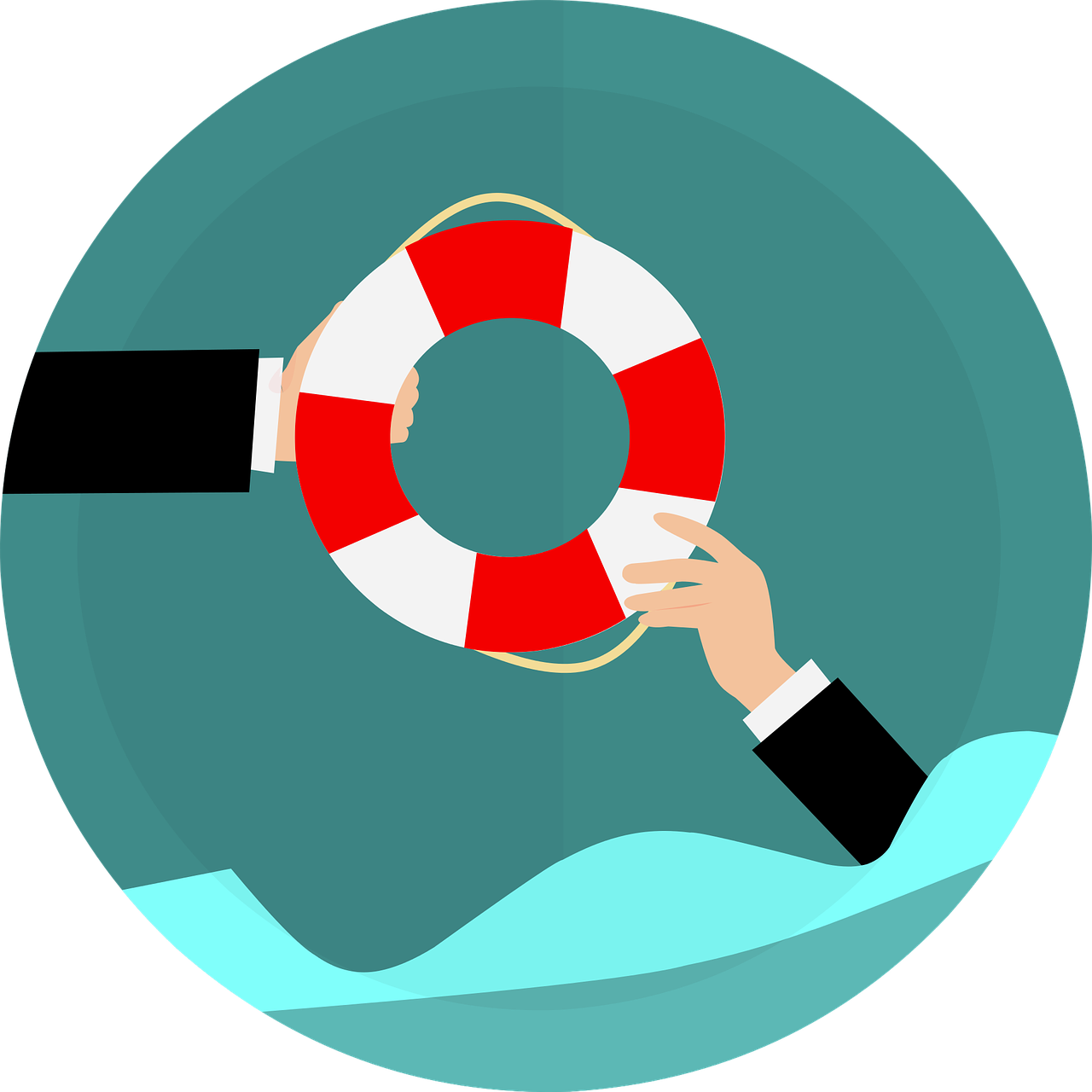Safe practices for browsing the internet, including recognizing and avoiding malicious websites
Think of browsing the internet as taking a stroll through a grand international bazaar. You’re greeted by a kaleidoscope of sights, smells, and sounds – a sensory overload of colors, aromas, and chatter. But amidst this dazzling array of stalls selling exotic spices, intricate handicrafts, and appetizing food, there are also tricksters waiting to take advantage of the unwary.
In this digital bazaar, the spice merchant offering exotic blends may represent your favorite online retailer. But beware! Not every stall is what it seems. Some might be clever disguises for malicious websites waiting to dupe unsuspecting visitors.
Firstly, don’t simply trust the name on the signboard. Just because a website claims to be a reputable brand doesn’t mean it is. Phishing websites, for instance, try to mimic real sites to steal your login details. Always check the URL to ensure it matches the site you want to visit, and look for the padlock icon in the address bar signifying a secure HTTPS connection. A study by Google in 2017 found that over 50% of people could not accurately identify these signs, demonstrating how easy it is to fall into this trap (1).
Secondly, tread cautiously when something appears too good to be true, because it probably is. Websites advertising ‘free’ downloads or unbelievable deals might be luring you into downloading malware or revealing sensitive information. Always verify such offers with the official sources before proceeding.
Thirdly, just as you wouldn’t accept food from a dubious source in the bazaar, don’t accept cookies from sites without knowing what you’re agreeing to. Cookies can track your activity across the web and can be used to compromise your privacy.
Now, let’s equip ourselves with tools to navigate this bazaar safely.
Think of antivirus software as your personal bodyguard, continually vigilant against any threats. This software scans for known malware signatures and can often identify and quarantine threats before they can cause harm.
Web filters can be your trustworthy guide, steering you away from known malicious sites and unsafe web content.
Lastly, consider adopting the practice of using a VPN (Virtual Private Network), like a cloak of invisibility, making your online activity harder to track and intercept.
The grand digital bazaar of the internet, much like the real-life one, is a place of immense discovery and opportunity, but it requires us to be vigilant and well-equipped. By adopting these safe practices, we can ensure our journey is beneficial and secure.
Sources:
(1) Google Security Blog. “New Research: Understanding the Root Cause of Account Takeover.” Google Security Blog, 2018. https://security.googleblog.com/2018/02/new-research-understanding-root-cause.html





